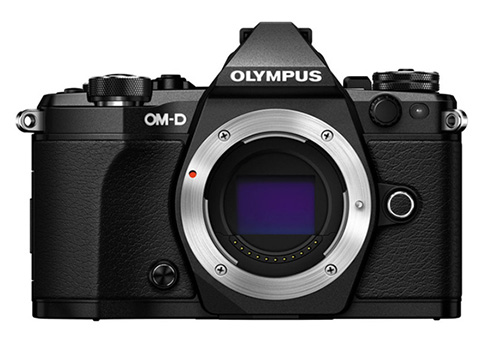Olympus high resolution
Olympus has taken an interesting step with the introduction of the OM-D E-M5 ll. Rather than putting 40 million pixels on a fairly small sensor to compete with cameras like the new Canon EOS-5DS, Olympus uses sensor-shift to get 40 Mpixel output from a 16 Mpixel sensor. Eight 16 Mpixel shots are combined into one 40 Mpixel shot. One can argue if that really gives just as much detail as a true 40 Mpixel sensor would, but it is definitely interesting technology, that can also be used (and is used in that camera) to increase the color fidelity of an image with normal resolution. Right now, images have to be taken from a tripod, but Olympus says it is confident that future cameras can even be used handheld. So is this the future of high resolution? No, I don’t think this can replace real pixels in most situations. The more the subject moves, the less useful the technology. Let me explain why.
While the technology (that was earlier used by JVC and Hasselblad) is certainly interesting, there is one problem that even the best Olympus engineers cannot solve. No matter how fast the sensor can move, no matter how well Olympus can stabilize the output, the technology can only be used for very still subjects, and those are few. The reason for this is the law of physics. Suppose that you can shoot a certain scene with 1/125th second, f/8 and ISO 100. If you make 8 shots in rapid succession, the total shutter speed of the combined image will be 8 * 1/125th second = 1/15th second, even if there is no delay between the shots. Not even Olympus engineers can change that. In practice it will even be longer, because there is always some delay to move the sensor to the next position. The only alternative is to shoot at 1600 ISO and 1/1000th second, but that will introduce noise and degrade the final image.
So how serious is this? Quite serious. If you shoot landscapes in the early morning ‘golden hour’, your shutter speed may well be close to 1/15th or even longer to start with. So increasing the resolution by shooting 8 combined frames, decreases the effective shutter speed to at least half a second or more. For many, if not most landscapes that’s a problem. Any branch or any leave that moves in the wind even slightly will become blurred. But couldn’t you use software to ‘deghost’ the image, just like in HDR photography? You could, but that means you use the information of only one of the shots, so you’ll get the original 16 Mpixel resolution in the deghosted area. The end result would be an image that could rival a true 40 Mpixel sensor in some parts, but not in all parts. Better than shooting everything in 16 Mpixel resolution, but worse than shooting everything in true 40 Mpixel resolution.
Site Language / Taal
Select your language / Kies uw taal:
Info
This is the photography blog and website of Dutch photographer and author Johan W. Elzenga. All my images and text are my copyright and may not be used in any way without my prior consent.
360° interior panoramas

Categories
- Equipment (94)
- General (187)
- Software @en (108)
Archive





